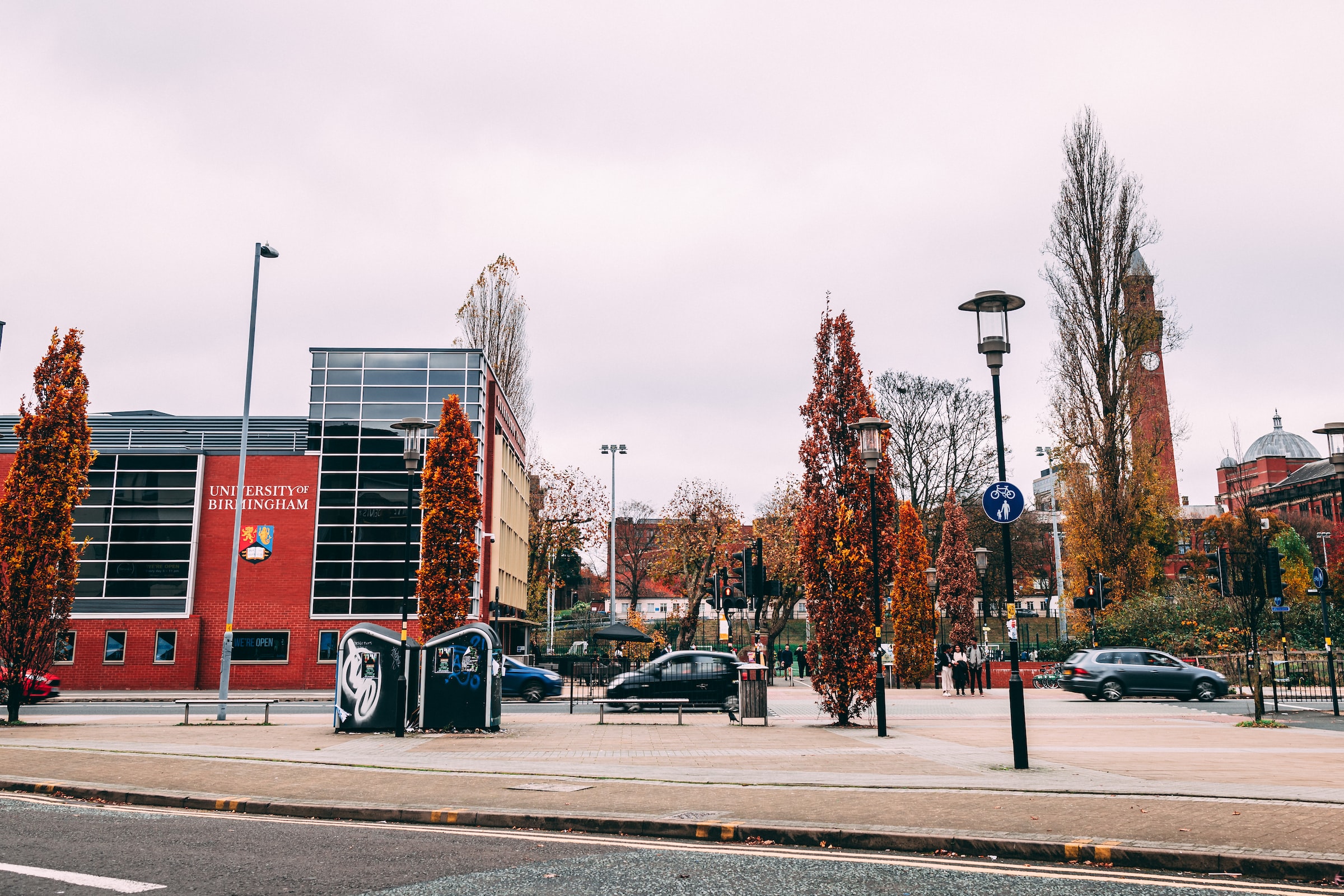
Travel Editor Fern O’Shaughnessy debates the importance of food presentation, relating this to significance of attractive packaging
In a world where status is quickly becoming defined by social media, aesthetics and appearance are increasingly important. Taking photographs of food is a trend that is constantly mocked yet has not lost popularity. Brunch would not be brunch without posting a poached egg over some smashed avocado and sourdough toast.
Attractive packaging can encourage customers towards a certain product
Do the aesthetics of food contribute to the taste? Professor Charles Spence (Oxford University’s gastrophysicist) has proven beyond doubt that creating aesthetically pleasing meals makes it effectively taste better. Indeed, a Guardian article outlines his studies, realising that diners were prepared to spend up to three times more for a decorative salad, as opposed to only £1.35 for the unprepared version. While you would, of course, expect a salad to be prepared if you are going out to eat, it is significant, the article points out, that the preparation of the food is valued twice as high as the raw ingredients. It is the labour that is more significant than the food itself. The article continues, offering advice and tips on how to create Instagram-worthy food.
If aesthetics are necessary in helping enjoyment of a completed meal, then surely the same can be said of for when we purchase the ingredients to make the final dish. Indeed, there are a great deal of studies into how pretty packaging can sway a consumer’s decision, particularly if they are in a rush. There is a notion among this research that the packaging acts as the “salesman on the shelf”. It conveys branding, quality and the necessary information about the food inside. However, the relative importance in the “necessary information” (the food label, names, and dietary information) and the actual physical design of the package reflects conflicting trends in customer decision-making – health and nutrition against ease and aesthetics. As society becomes more health-conscious, the number of people reading the label has increased to 61%, up from only 13% in 2000.
Societal trends of being waste-free and eco-friendly have significantly reduced the importance of the aesthetics
Packaging is also necessary in securing brand loyalty. Roughly half of consumers do not make a decision about which brand to buy before they enter a store, with many customers thinking multiple brands acceptable. As such, attractive packaging can encourage customers towards a certain product: “Standing out” by creating unique packaging that differs from those around it is fundamental to gaining sales. Colour associations also become significant, with customers associating different foods with different colour combinations: salt and vinegar crisps, for example, are (at least for Walkers) always green; prawn cocktail always pink; cheese and onion always blue. Furthermore, size is also significant. Psychologically, we associate larger packages with a higher quantity of product, even if we are aware of the true volume inside.
Regardless of aesthetics, what is becoming increasingly important is the sustainability of packaging. I, for one, am more likely to buy a product if I can see that it is easily recyclable. Supermarkets are currently experimenting with loose produce, with shops such as Waitrose introducing an “unpacked” scheme to reduce plastic waste. Here, it is the lack of packaging that proves appealing to the consumer. There has also recently been a rise in the Zero Waste supermarket, where customers are encouraged to bring their own packaging. Thus, while eye-catching packaging has, historically, been fundamental in securing customer loyalty and impulse-buys, societal trends of being waste-free and eco-friendly have significantly reduced the importance of the aesthetics of packaging when food-shopping.

Comments